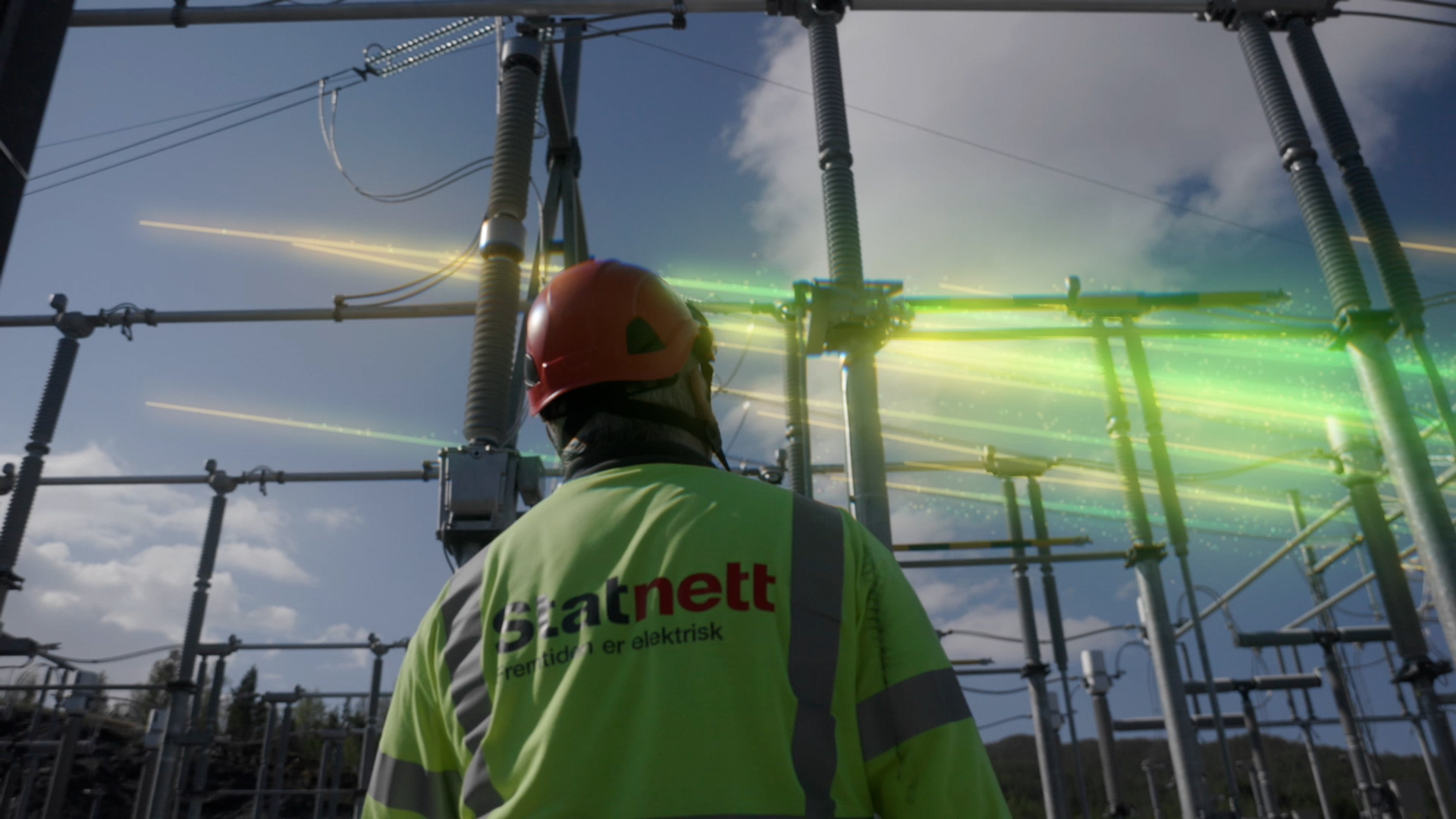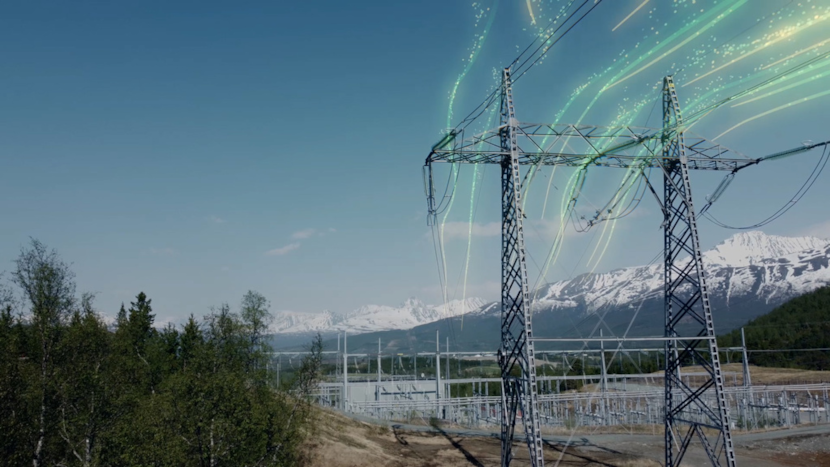Our Vision:
Statnett is central to the green transition now and for generations to come. A secure and robust power supply is vital to provide good quality of life and sustainable value creation.
The energy system is becoming increasingly important:
Both Norway and Europe aim to become zero-emission societies by 2050. Electrification and development of new industry will increase the need for electricity. Statnett's own analyses show a significant expected increase in power consumption in the coming years. Energy efficiency measures will reduce some consumption, but a significant overall growth in consumption is still expected, without a corresponding increase in power production. This means that Norway could face a power deficit within a few years.
The current security situation in Europe is uncertain, and digital and physical security and emergency preparedness are higher on the agenda than ever before. Security policy, energy policy and climate policy are more closely linked than previously and affect the management of both the energy system and the digital and physical infrastructure. Closer integration between countries and sectors, new technology and digital solutions will be a prerequisite for the transition.
Based on these drivers, an emission-free energy and power system is being developed at a high pace in both the Nordic region and Europe. Massive expansion of renewable and unregulated power is creating an energy system with new needs. This makes automation and digitalization of system operations necessary and increases the need to exchange power between regions and across national borders. This requires a robust and secure grid.
In order to upgrade the grid to meet the need for new power, Statnett is planning major investments going forward. A large part of the Norwegian transmission grid is also approaching its technical lifetime and needs to be upgraded. In this context, the capacity of the grid will also be increased. This will provide higher transmission capacity in the grid and enable connection of consumption and production using existing routes.
The plans for new renewable power generation in Norway are largely linked to offshore wind, and the government is planning to announce 30 GW by 2040. To prepare the grid for this development, close cooperation has been established between all the grid system operators around the North Sea.

Statnett's strategy sets a clear direction for the future
The strategy provides direction for how Statnett will meet the development of the energy transition in the coming years.
Holistic power system planning: Statnett utilize the System development plan and Area plans as tools for better prioritization and a sustainable and socio-economically rational development of the grid.
Increased capacity in the grid: Statnett will make better use of current capacity by transmitting more power through existing facilities. Increased digitalization enables us to take calculated and controlled risks.
Efficient project execution and increased capacity to execute: Statnett is working to accelerate the development of the grid through efficient project execution, strategic supplier development and increased capacity to execute.
Automation and increased flexibility: Statnett is automating the grid through digitalization and increased cooperation with the Nordic region and Europe and is looking at flexibility solutions for both new and existing players in the power market.
Offshore development: Statnett is responsible for both planning and system operation offshore, and will build, own and operate coordinated solutions and hybrid interconnectors. We are preparing the grid for connection of 15 GW offshore wind power in 2040.
Sustainability and security: Coexistence, emission reductions, conservation of nature and respect for human and labor rights in the value chain are important priorities for Statnett.
Due to the increased threat level against critical infrastructure, Statnett is increasing both physical and digital emergency preparedness. In addition, a high focus is maintained on personal risk in all projects.

